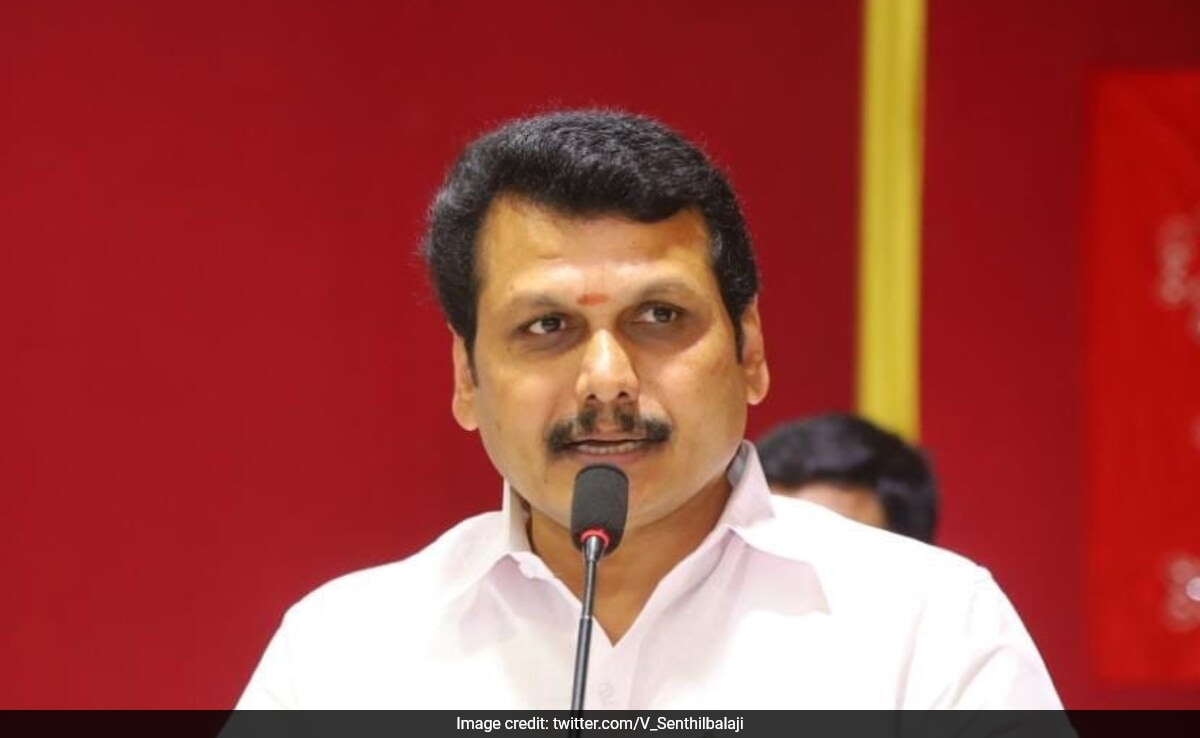The parliamentary system of democracy thrives only when the opposition is united in its pursuit to keep the government on its toes and hold the ruling regime accountable. However, if the opposition is weak, the ruling party often evades accountability.
Since Narendra Modi assumed office as Prime Minister, India has witnessed a unique phenomenon: the opposition has struggled to hold the government accountable. It is the duty of the opposition to raise issues concerning the people and pose tough questions to the Prime Minister and his cabinet, and if the government’s responses are inadequate, it is the opposition’s responsibility to challenge them. The past decade will be remembered as a period of failed opposition. While the opposition has its arguments, the media’s lack of support for their cause is partly to blame. Nonetheless, the opposition cannot shirk its responsibility.
Lacking Conviction
As the election process commences, the Bharatiya Janata Party (BJP) is striving to secure a record third consecutive term in government. However, the opposition appears to lack conviction. At a time when unity should be their priority, they seem disorganised. Instead of coordinating efforts to hold the ruling party accountable, the opposition is in disarray, lacking a common strategy.
Nearly a year ago, when the opposition convened in Patna to devise a plan to challenge the might of the Modi government, it was hailed as a promising new beginning. Despite the BJP’s five-year tenure marked by controversial policies such as demonetisation, which adversely affected the economy and crippled small and medium-scale industries, leading to unprecedented unemployment, the BJP’s electoral success in the 2019 Lok Sabha elections was noteworthy, surpassing the 300-seat mark despite five years of incumbency.
Hope to Despair
If the Patna conclave marked a promising beginning, then the meetings in Bengaluru and Mumbai infused hope that the 2024 battle would be tough for the BJP. The necessary buzz and momentum required to uplift the morale of the opposition and those disinclined to vote for the BJP were generated.
Leading pollsters in the country opined that if the opposition could field a single candidate against the BJP nationally in at least 400 Lok Sabha seats, the BJP would face serious trouble. However, the euphoria dissipated when opposition leaders convened in Delhi for the fourth conclave in December. The Congress, slated to lead the opposition, suffered a setback due to significant losses in three North Indian states – Madhya Pradesh, Rajasthan, and Chhattisgarh.
Prior to the elections, the Congress was optimistic about winning Madhya Pradesh and Chhattisgarh and was well-positioned to give the BJP a tough fight in Rajasthan. The lethargy of the Congress had a detrimental effect on the opposition.
The BJP, under Modi’s leadership, seized the opportunity to strike a decisive blow. Nitish Kumar, once regarded as the architect of the INDIA alliance, defected and allied with the BJP. Since then, the opposition has been unable to recover, appearing disorganised today. To confront the formidable election machinery of the BJP, the INDIA alliance should have acted swiftly. Even after Nitish’s defection, INDIA had ample time to regroup as a unified entity, but it seemed immobilised. Ideally, if it was genuinely committed to challenging and defeating the BJP, it should have pursued four fronts simultaneously.
Firstly, it should have presented itself as a unified entity to provide an alternative to Modi.Secondly, it should have articulated an alternative vision document for the nation, highlighting not only the weaknesses of the Modi government but also offering solutions to the country’s problems.Thirdly, the opposition should have resolved seat allocations among themselves well before the BJP finalised its list of candidates. The opposition is still grappling with this issue.Fourthly, it should have formulated a cohesive communication strategy to counter BJP’s propaganda and avoided speaking in discordant voices. It should have prioritised keeping contentious issues on the back burner, akin to the BJP’s approach in 1998 while forming a coalition with other parties.
No Joint Manifesto Still
The opposition has failed on all the four fronts miserably. It remains uncertain if there will be a joint manifesto for INDIA. Instead of pressuring the opposition parties for a common manifesto, the Congress is preoccupied with offering different guarantees to various sections of voters. While these guarantees could have resonated well with the people and created a buzz, they would have built a more positive narrative for the entire opposition if presented from a unified platform, with all parties and leaders from different regions endorsing them.
In politics, having a vision is crucial, but equally important is creating a vehicle through which that vision can reach the people. Crafting a vision is futile if it fails to reach the voters, as ultimately, they are the ones who choose the government. On this front, the BJP excels, knowing how to capture and dominate the minds of the people.
Seat Distribution Troubles
Seat distribution is another critical aspect of opposition unity. While theoretically, alliance partners are aligned in their goal to defeat the BJP, seat distribution has become a contentious issue. In four states where opposition unity could greatly affect the BJP’s prospects – Maharashtra, Bihar, West Bengal, and Karnataka – alliance partners are embroiled in disputes. Except in Karnataka, where the Congress is contesting alone and is well-positioned, the same cannot be said for the other three states. In West Bengal, the opposition has undermined itself. The bitter feud between the ruling Trinamool and Congress leaders presents a poor image for opposition politics. The disparaging language exchanged has significantly harmed the image of INDIA as a whole.
In Maharashtra and Bihar, seat distribution has yet to be finalised. In Maharashtra, the Shiv Sena under Thackeray, the Nationalist Congress Party (NCP) led by Sharad Pawar, and the Congress are engaged in bitter battles over seats, causing tension among alliance partners and demoralising party workers. Public spats between leaders such as Thackeray and Congress politicians negatively affect voters.
Similarly, in Bihar, where seat distribution was assumed to be straightforward after Nitish’s exit, negotiations have proven tricky and problematic. At the time of writing, nothing had been finalised and tough negotiations were ongoing.
In Uttar Pradesh, INDIA failed to retain Jayant Chaudhary. Although seat distribution has been finalised between the Samajwadi Party and the Congress, no joint campaign has been launched. The Congress remains uncertain about fielding members of the Nehru-Gandhi family from Amethi and Raebareli, preventing the finalisation of its candidate list in Uttar Pradesh.
Leaders Jumping Ships
Another issue plaguing the Congress is the desertion of party leaders and the unwillingness shown by senior leaders to contest elections.
However, this doesn’t imply that the opposition has surrendered to the BJP. Even the BJP faces challenges with its alliance partners. It has been unable to secure alliances with the Biju Janata Dal (BJD) in Odisha and the Akali Dal in Punjab, and encounters problems with the Janata Dal (Secular) in Karnataka. Nonetheless, the BJP enjoys the advantage of Modi’s leadership and the formidable election machinery and help from the Sangh Parivar. To mount a significant challenge and overcome the BJP’s efficient machinery, the opposition should have started much earlier. Instead, it continues to struggle, and this failure may prove costly for INDIA and itself.
(Ashutosh is the author of ‘Hindu Rashtra’ and Editor, satyahindi.com)
Disclaimer: These are the personal opinions of the author.














